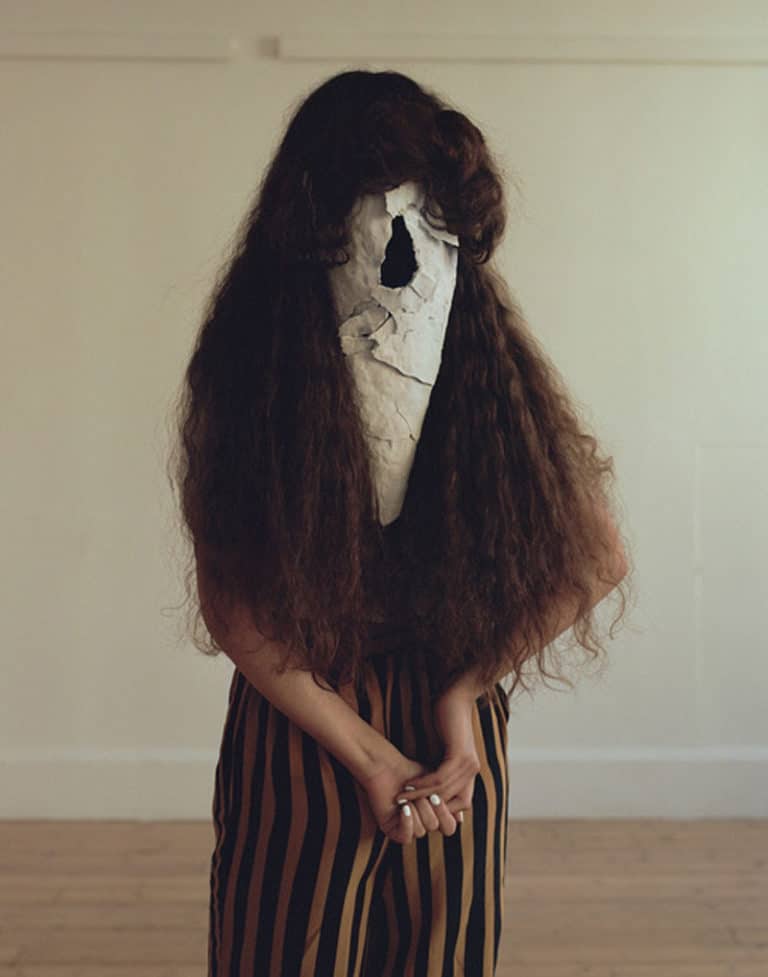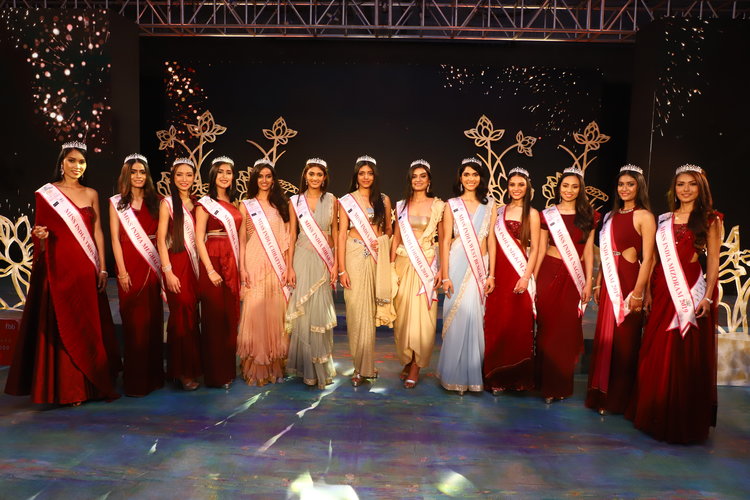
Opinion
Will India ever get over its fixation on fairness?
By Mira Nadarajah
Opinion
Will India ever get over its fixation on fairness?
By Mira Nadarajah
Updated May 19, 2020 at 03:28 PM
Reading time: 3 minutes
Human rights
Jun 12, 2019
The last couple of years have seen a surge in efforts to subvert prevailing beauty standards in India by decentering whiteness and shifting the narrative of what it means to be beautiful. Social media has provided a place for beauty to be celebrated in all shapes and forms. Campaigns like #unfairandlovely and ‘Dark is Beautiful’ have gained prominence, even garnering support from a number of Bollywood stars. Even so, the representation of women from the Indian subcontinent remains disappointing. How often do we actually see the full spectrum of skin tones, eye colours, hair textures and facial features that characterise South Asia? Not often enough.
The recently released headshots of the 2019 Femina Miss India pageant finalists prove my point. The women are all skinny and fair, with manes of silky straight black hair down to their waists—in other words, unrepresentative of the majority of Indian women. It’s not just that they’re all fair, it’s that they look exactly the same as well. Clearly, they all share the same vision of the ‘ideal’ Indian woman, what they believe to be the epitome of beauty in India.
Online backlash following the release of these photos has confirmed that the beauty pageant has little to do with Indian women or Indian beauty. The lineup hardly represents the ethnic diversity of India’s 29 states, a reality that is disappointing—even Miss USA has crowned a South Asian woman more representative of the Indian populous.

This is perhaps unsurprising given that we continue to exist in a world which holds whiteness and its associated likeness in the highest regard. To be woman and non-white, is to be inherently lacking; caught in a perpetual strive for desirability. We see this in the way South Asian women are encouraged, often coerced, to violently change their bodies by bleaching their skin, straightening their locks and waxing their body hair into oblivion.
In a time when fast fashion and large corporations control notions of diversity, South Asian visibility is often shaped by individuals who are not themselves from South Asian communities. As a result, a lot of the portrayals of brown women in art, fashion and media tend not to be particularly positive, varied or correct. A quick look at Indian media outlets and brands shows that our conception of diversity involves the tokenistic inclusion of fair-skinned brown women with predominantly Eurocentric features.
Even spaces you think would represent the multiplicities of South Asian women like Bollywood and Instagram only showcase a tiny percentage of what brown women actually look like. Indian models, Instagram influencers and Bollywood stars fall firmly within the boundaries of conventional beauty standards with their glossy manes, lighter skin tones, and sharp facial features. Their superficial acceptance beyond the region is reflective of a colonial legacy that finds comfort in the familiar, while vilifying people and practices it doesn’t recognise.
It is imperative that we address this intra-community bias as we work towards dismantling lingering preferences for whiteness in post-colonial societies. We need to start diversifying diversity. We must counter a toxic culture of other-hatred and self-hatred with radical self-love, inclusivity, and a conscious celebration of difference. South Asia is a heterogeneous, multi-faceted region home to thousands of ethnic and tribal groups which deserve to be represented.
While South Asia stands independent today, we, like much of the colonised world, still struggle to shed the internalised self-loathing centuries of servitude ingrained in us. From our traditional dress and religious mores to the food we eat, we were considered savage. The subsequent post-modern colonial hangover has led us to imitate the West in deeply damaging ways. It’s about time that India’s age-old problem of colourism is met with renewed indignation and active demands for better representation.
In the age of social media activism, it has become all too easy to care from a distance without doing much to actually shift the visual culture of South Asia. Instagram is a great place to start in diversifying portrayals of brown women, but it doesn’t quite tackle the root of the problem. South Asia’s public image continues to be governed by more traditional forms of media like TV commercials, soap operas, and of course Bollywood. It is therefore vital that we remain discerning of production bodies and their depiction of Indian women.
After all, the power of the people has always been India’s greatest asset. It is therefore vital that the spaces we create to support and affirm South Asian women are doing just that, and aren’t just claiming to do so. We need to create a broader scope of representation when it comes to what it means, and looks like, to be South Asian.




